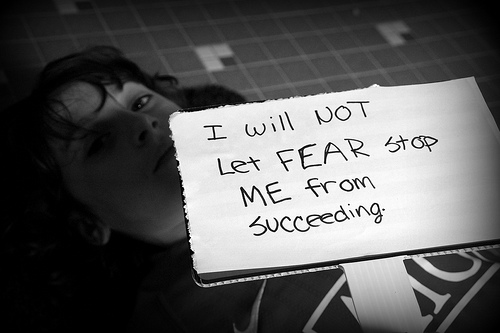50 Ways to Untwist Your Thinking Part 2
 Compassion Based Techniques
Compassion Based Techniques
5. Double Standard Technique: Instead of putting yourself down, you talk to yourself in the same compassionate way you might talk to a dear friend who was upset. Ask yourself, “Would I say such harsh things to a friend with a similar problem? If not, why not? What would I say to him or her?”
Truth-Based Techniques
6. Examine the Evidence: Instead of assuming that your Negative Thought is true , you examine the evidence for it. Ask yourself, “What are facts? What do they show?”
7. Experimental Technique: You do an experiment test to test the validity of your Negative Thought, in much the same way that a scientist would test a theory. Ask yourself, “How could I test this Negative Thought to find out if it’s really valid?”
8. Survey Method: You do a survey to find out if your thoughts are realistic. Ask yourself, “How do other people think and feel about this? Could I ask some friends about this to get some feedback?” For example, if you belive that social anxiety is rare or shameful, simply ask several friends if they’ve ever felt that way.
9. Reattribution: Instead of blaming yourself entirely for a problem, you can think about the many factors that contributed to it. You can also focus on solving the problem instead of blaming yourself for it. Ask yourself, “What caused this problem? What I contribute and what did others contribute? What can I learn from the situation?”
50 Ways to Untwist Your Thinking Part
50 Ways to Untwist Your Thinking Part 2
50 Ways to Untwist Your Thinking Part 3
50 Ways to Untwist Your Thinking Part 4
50 Ways to Untwist Your Thinking Part 5
50 Ways to Untwist Your Thinking Part 6
50 Ways to Untwist Your Thinking Part 7
50 Ways to Untwist Your Thinking Part 8


 Self Esteem
Self Esteem Self Esteem
Self Esteem